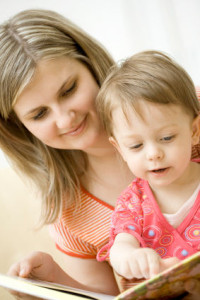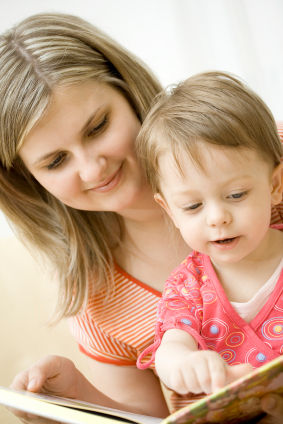Wheezing is described as a high-pitched noise that is produced while the child is breathing usually during exhaling. This can occur to anyone including young children. The sound occurs as the air attempts to flow via the air passages that are narrowed due to an illness, condition or complication. Since wheezing makes it hard to breathe, it is vital to understand why it occurs and how to ease the symptoms experienced by the child.
https://www.youtube.com/watch?v=kuJ9bB5N3wI
What are the causes?
Wheezing often develops among toddlers who acquire a lower tract respiratory infection such as respiratory syncytial virus (RSV). The symptoms also develop if the throat of the child becomes obstructed by an object and he/she starts to choke. The allergens, asthma, pollen, foods or drugs can also instigate wheezing. Additionally, irregularities in the structure of the vocal chords or airways can also lead to wheezing among toddlers.
Remedies for wheezing
You can turn on the shower at hot setting until the air in the bathroom becomes thick and steamy. Accompany the child in the bathroom so that he/she can inhale the warm, wet air to ease the wheezing episodes.
Alternatively, use a vaporizer in various rooms of the house to add moisture to the air. The doctor might prescribe an asthma medication or inhaler to put a stop to the wheezing episode linked to the asthma attacks.

Preventive measures
The child must avoid irritants such as air pollution, cigarette smoke, dust and fireplace smoke which can trigger the wheezing episodes. Always wash the bedding in hot water at least once a week to minimize exposure to allergens.
Since pollutants are irritating to the lungs and contributes to wheezing, it is vital to check the air quality index in the area and keep the child indoors once the air quality outside is not safe for those who have respiratory conditions.
Potential dangers
A doctor should be consulted or bring the child to the emergency department for unexplained wheezing or if the episodes are chronic, do not seem to subside with home treatment or accompanied by breathing difficulty, hives, concentration problems, swollen throat or bluish skin. Take note that these are indications of a serious allergic reaction or complication.

